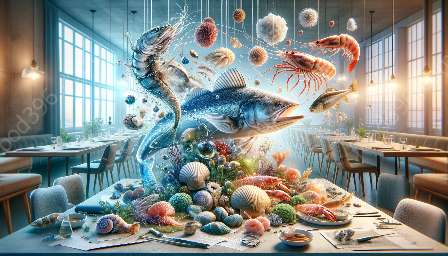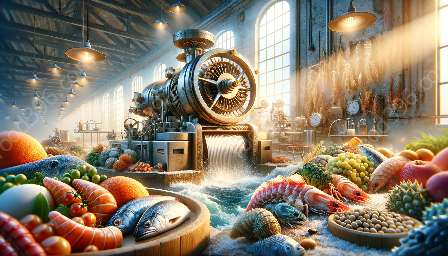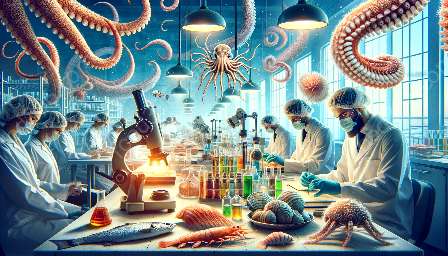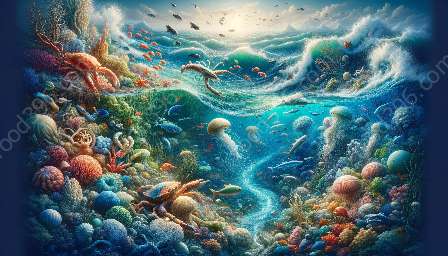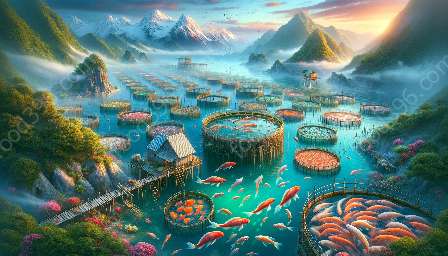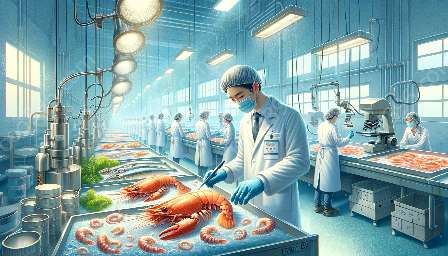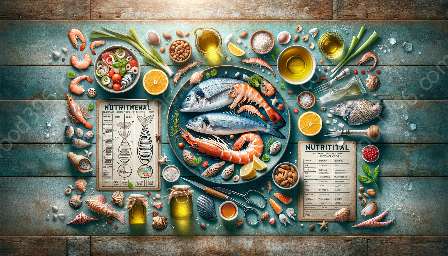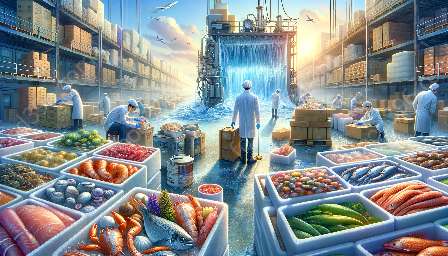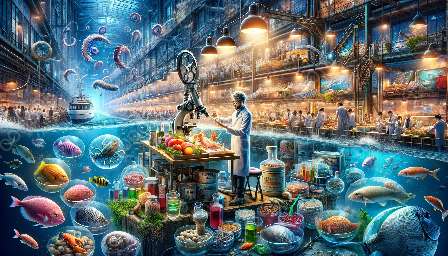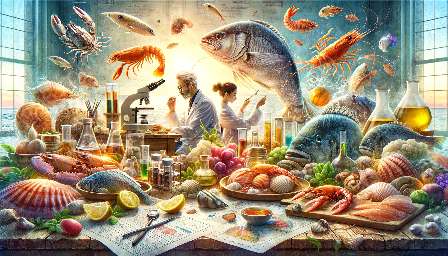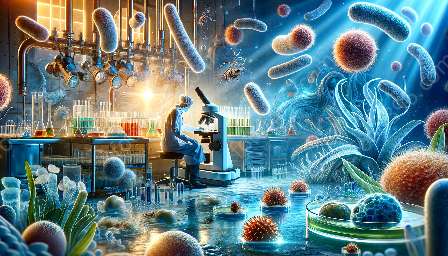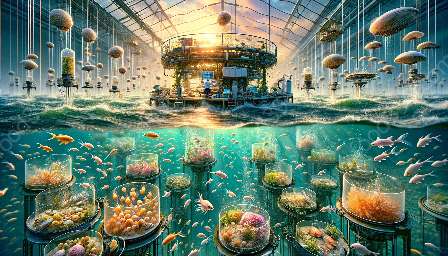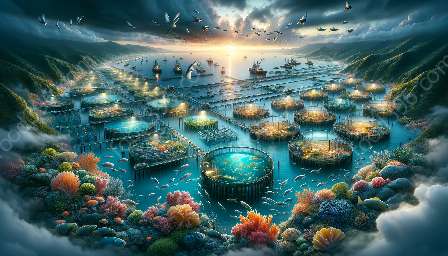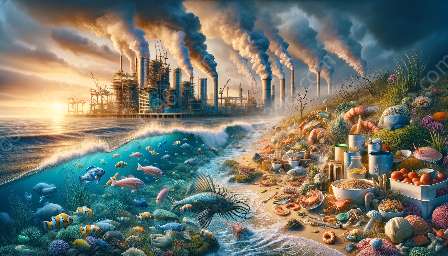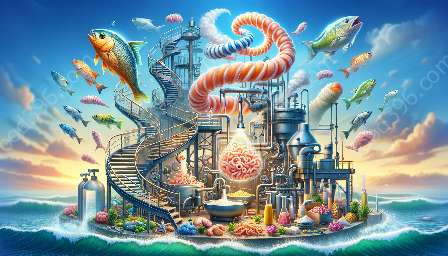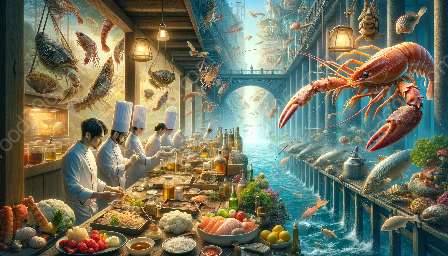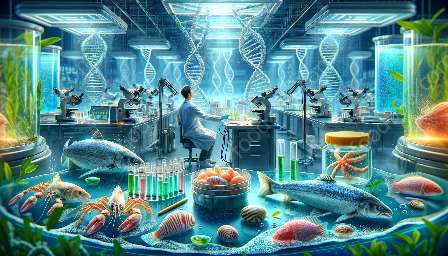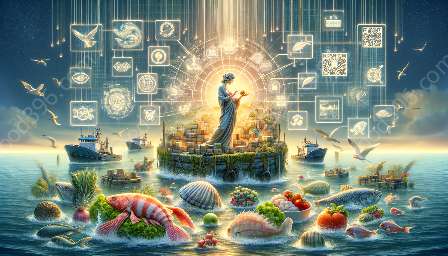Shellfish play a crucial role in both marine ecosystems and the food and drink industry. This topic cluster explores the biology of shellfish, the practice of aquaculture, and their impact on seafood science and consumption.
Shellfish Biology
Shellfish, a diverse group of aquatic animals, includes mollusks such as oysters, clams, and mussels, as well as crustaceans like shrimp, crab, and lobster. These organisms are vital to marine ecosystems and contribute to biodiversity, ecosystem balance, and water filtration.
Mollusks: Mollusks are soft-bodied invertebrates that are often protected by a hard shell. They are filter feeders, consuming phytoplankton and organic debris, while also providing food for many marine predators.
Crustaceans: Crustaceans are arthropods, distinguished by their hard exoskeleton and jointed appendages. Iconic species like lobster and crab are highly sought after for their flavorful and nutritious meat.
Shellfish Anatomy and Physiology
Understanding the anatomy and physiology of shellfish is essential for their successful cultivation and utilization. Key aspects include their feeding mechanisms, reproductive strategies, and shell formation.
- Feeding Mechanisms: Shellfish utilize various feeding mechanisms, such as filter feeding, grazing, and scavenging, to obtain nutrients from their environment.
- Reproductive Strategies: Mollusks and crustaceans employ diverse reproductive strategies, including external fertilization, internal fertilization, and larval development, to ensure their species' survival.
- Shell Formation: The construction of their protective shells is an intricate process involving the secretion of calcium carbonate and proteins, providing strength and defense against predators and environmental stressors.
Aquaculture of Shellfish
Aquaculture, the farming of aquatic organisms, has become indispensable in meeting the global demand for seafood. The practice of shellfish aquaculture involves cultivating these organisms in controlled environments to ensure sustainable production and minimize ecological impacts.
Types of Shellfish Aquaculture
There are several methods of shellfish aquaculture, each tailored to specific species and environmental conditions. Common approaches include:
- Rope Culture: Mollusks like mussels and oysters are cultivated by suspending them on long ropes, allowing them to feed on plankton-rich waters.
- Bottom Culture: Crustaceans like shrimp and crab are typically farmed in coastal or estuarine areas, utilizing the natural substrate for habitat.
- Floating Trays and Bags: This method is ideal for bivalve mollusks, as they are grown in containers floating on the water, providing easy access for maintenance and harvesting.
Sustainable Practices
Shellfish aquaculture often promotes sustainability by reducing overfishing pressure on wild populations, improving water quality through filtration, and minimizing carbon footprints compared to land-based livestock farming.
Impact on Seafood Science and Consumption
The cultivation and consumption of shellfish have far-reaching implications in the realm of seafood science and the food and drink industry.
Nutritional Value
Shellfish are excellent sources of lean protein, omega-3 fatty acids, vitamins, and minerals, contributing to a balanced and healthy diet. Moreover, their low environmental impact makes them an attractive sustainable food choice.
Culinary Delicacies
Celebrated for their unique flavors and textures, shellfish are renowned in gastronomy worldwide. From classic dishes like oysters Rockefeller to contemporary creations featuring lobster and crab, shellfish continue to inspire culinary innovation.
Regulatory Measures
Due to potential health risks associated with consuming shellfish from contaminated waters, strict regulatory measures are in place to monitor and ensure the safety of commercial shellfish products. This includes regular testing for harmful algal toxins and bacterial contamination.
By delving into the intricate world of shellfish biology, aquaculture, and their impact on seafood science and consumption, it becomes clear that these fascinating organisms play a vital role in both ecological and culinary spheres.
